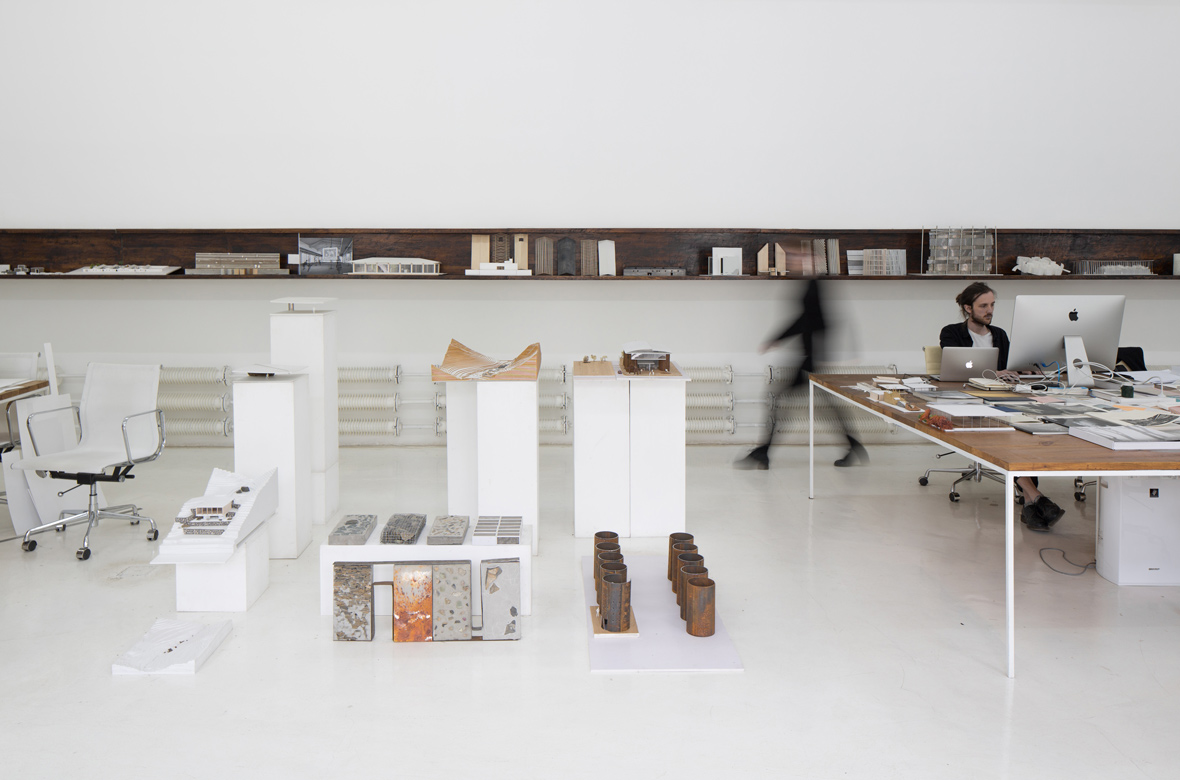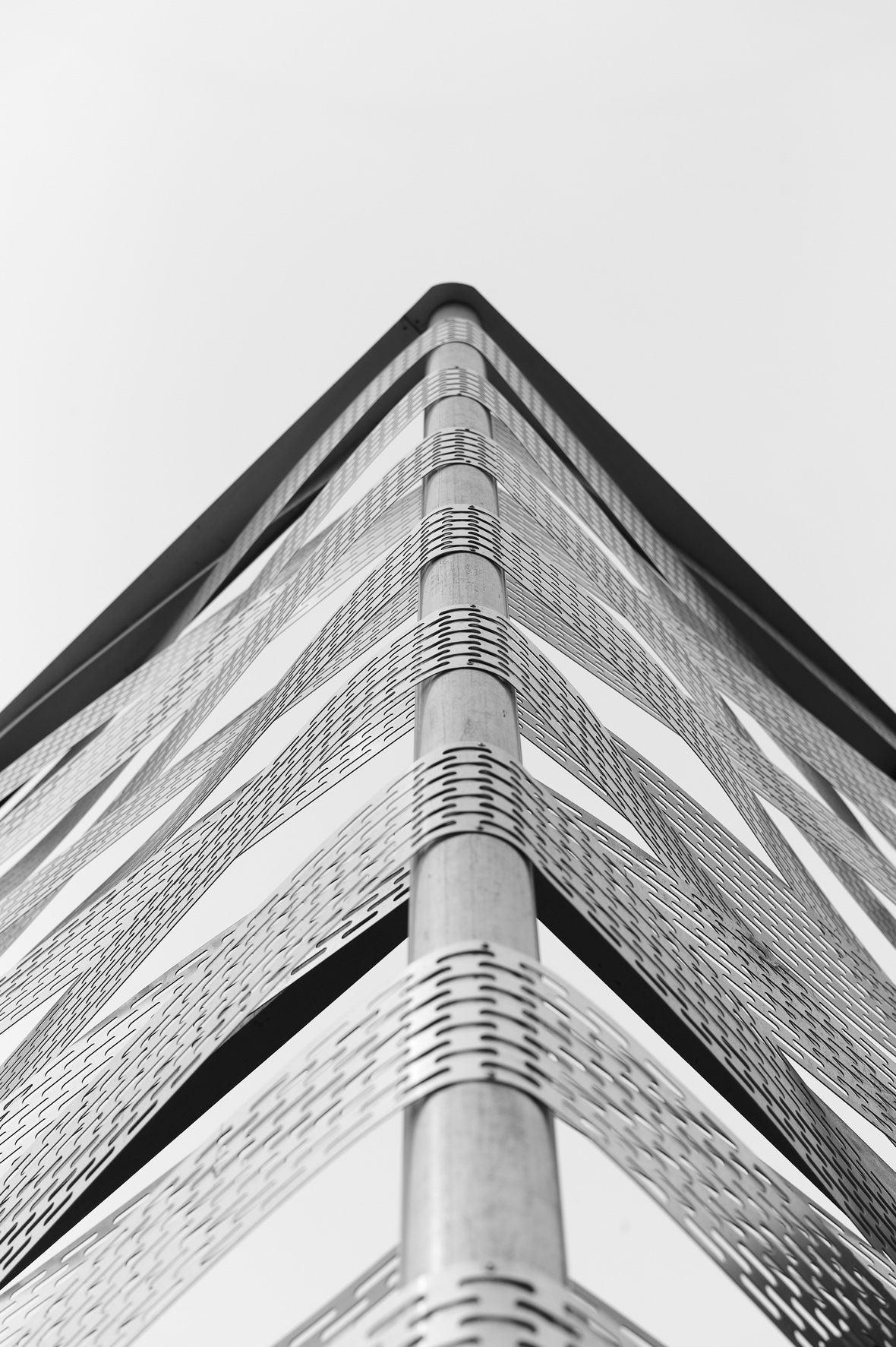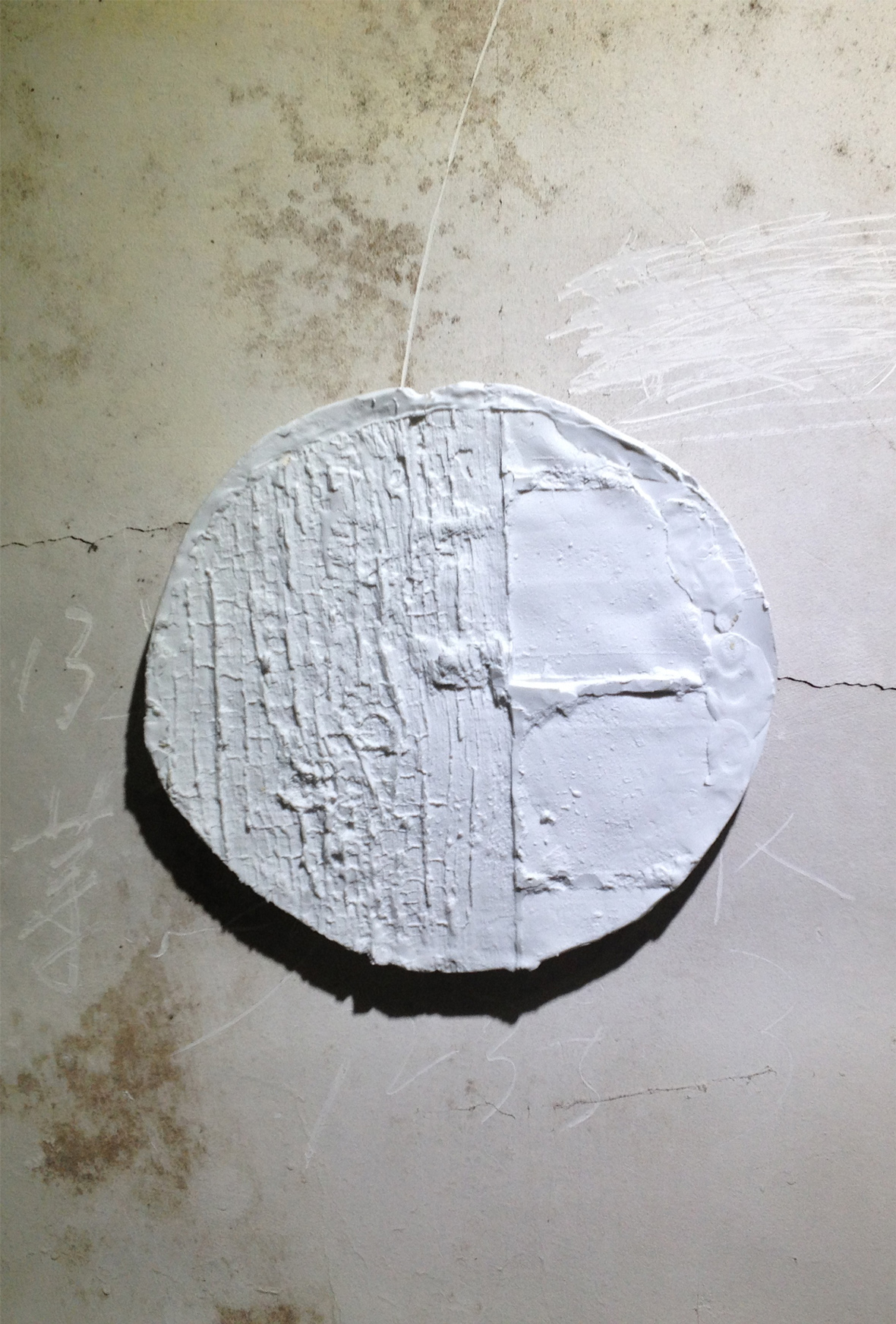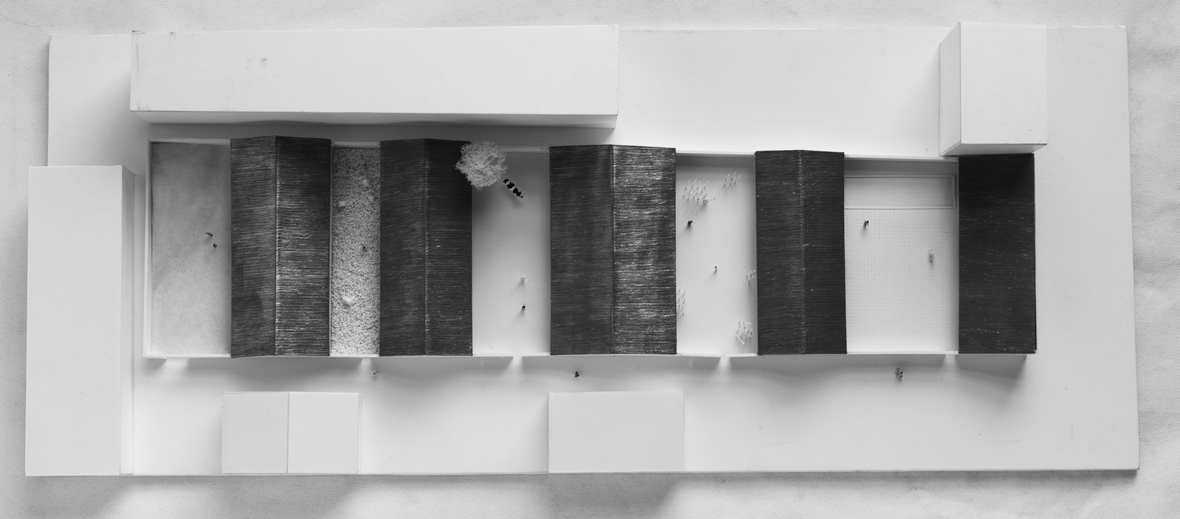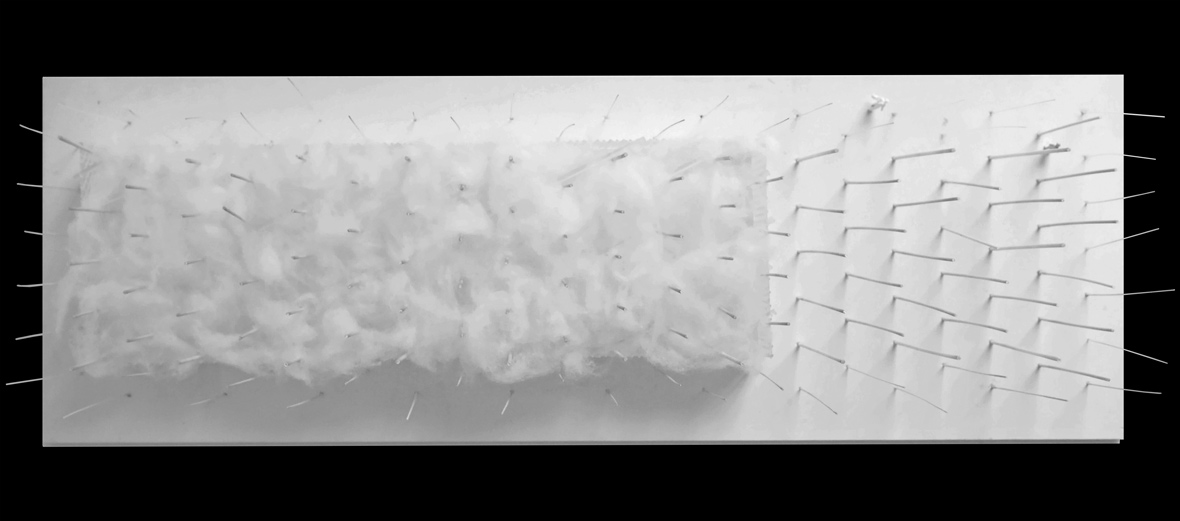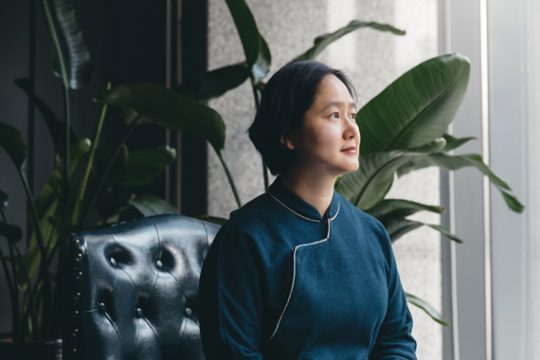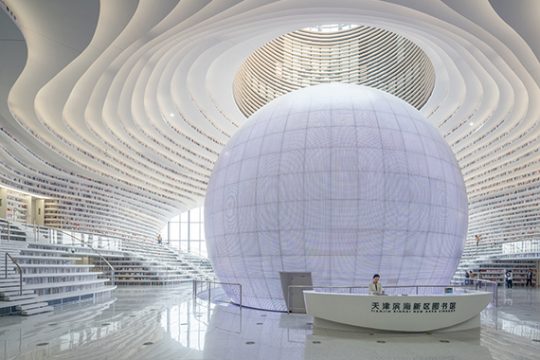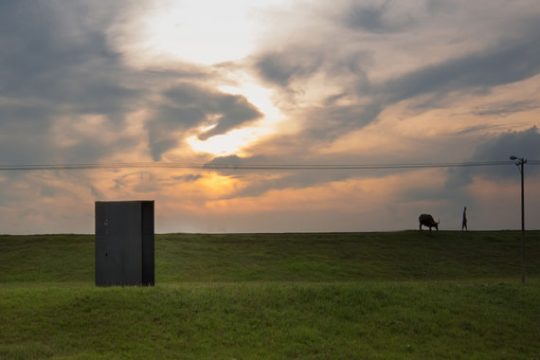The conventional mentality that places art, architecture, media, and design in separate categories has been completely discarded by studio O, a Beijing-based “ar(t)chitecture” studio. Besides architectural designs alone, they’ve created installation art for Beijing Design Week, collaborated with artist Elisa Cucinelli on a stop motion short video, and been involved in a variety of other projects that go beyond the services expected of a normal architecture firm. Led by Enrico Ancilli, Effi Meridor, and Cristiano Bianchi, the studio was established back in 2013 with the belief that a return to basics was long overdue.
位于北京的studio O是一家完全抛弃将艺术、建筑、媒体和设计按传统理念严格分类的“艺术与建筑’ar(t)chitecture’”工作室。除了建筑设计外,他们还为北京国际设计周创作了装置艺术作品,与艺术家Elisa Cucinelli合作制作了一条定格短片,并参与了一系列超越常规建筑事务所基本服务范围的项目。该工作室由Enrico Ancilli、Effi Meridor和Cristiano Bianchi怀抱着期待已久的返朴归真理念创立于2013年。
For studio O, collaborating with creatives from different fields and engaging with different artistic and non-artistic disciplines are vital aspects of their return to fundamentals.“Historically, the best architectural results were achieved when people with different specialties were exchanging ideas: artists, philosophers, writers, and poets,” says Ancilli. “Nowadays, architecture has become too fragmented, too specialized, and too technical somehow. Artists are more direct and straight in their approach.”
对studio O工作室来说,与不同领域的创意人合作并参与到各种艺术和非艺术类项目对于回归本质至关重要。Ancilli说:“纵观历史,最好的建筑设计往往是由不同专业背景的人们——艺术家、哲学家、作家和诗人——进行思想交流的成果。如今,建筑设计逐渐碎片化,过于专业,甚至太过专注于技术了。而艺术家的做法则会更为直截了当。”
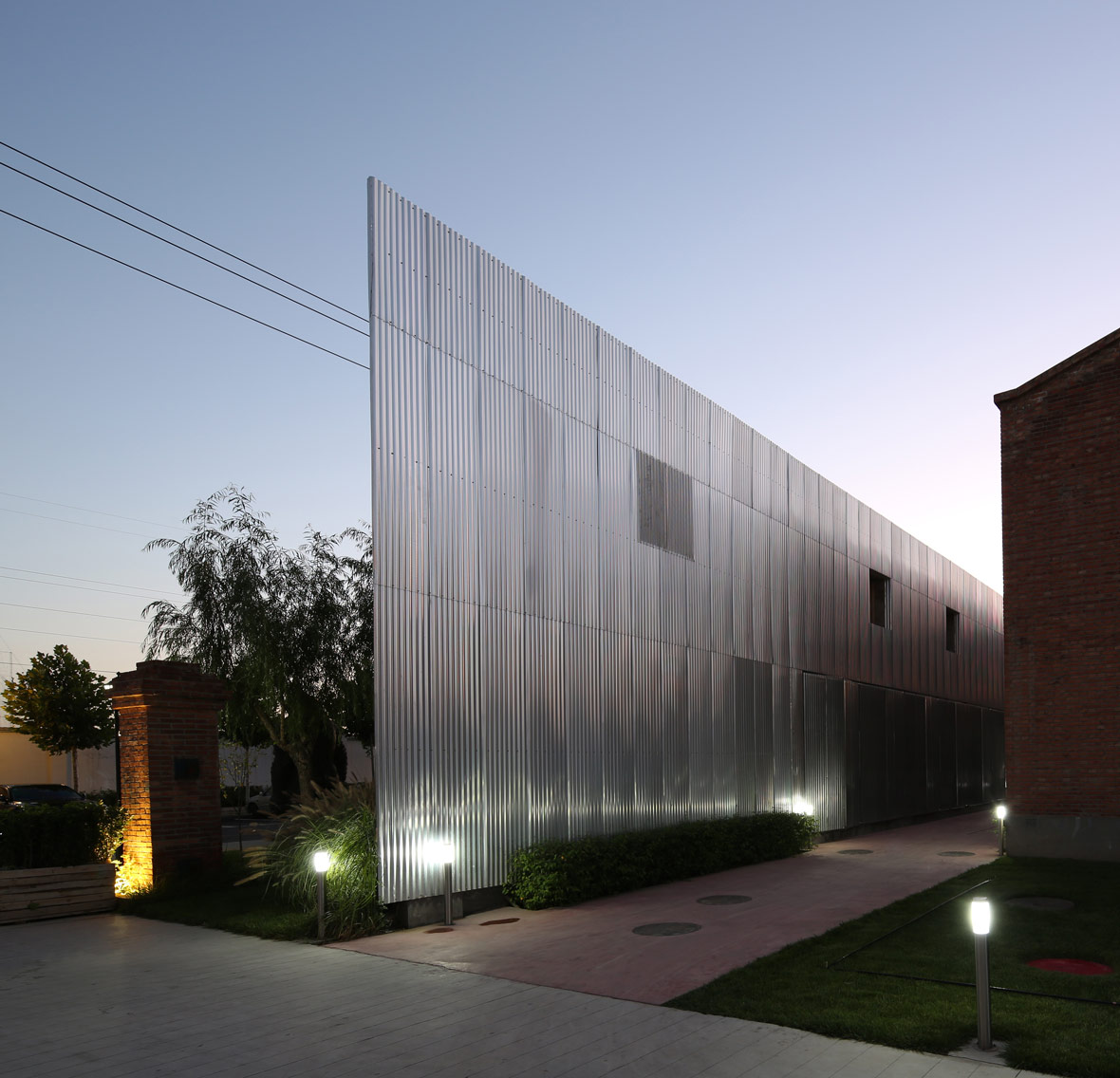
In our increasingly digitized lives, another part of studio O’s vision of returning to the roots of architecture also meant unchaining the shackles of our modern technological dependencies. Rather than solely relying on virtual images, studio O often prefers working with real materials to create physical and tangible models. Scoffing at the idea of a manifesto, which they consider to be too often riddled with empty and pretentious proclamations, studio O rather defines what it means to be an architect for themselves through their work.
在我们现今日益数字化的生活中,studio O工作室回归建筑本质的愿景从另一层意义上来说,也意味着解除我们对现代科技依赖所带来的束缚。在studio O工作室,设计师们不再仅仅依靠虚拟图像,他们通常更喜欢利用实质材料创建可触可碰的实体模型。他们对宣言之类的声明嗤之以鼻,认为所谓的宣言往往充斥着空洞和造作,而studio O工作室更倾向于通过自身作品来定义他们作为建筑设计师的真正意义。
“In the DNA of an architect, there should be the desire to explore, to deal with different cultural environments, traditions, and materials,” Ancilli says. After many discussions with some of his peers in Europe, who couldn’t fathom why he would move to China, his perspective on this became even clearer. “We shouldn’t fear what is different from us, closing ourselves in a comfortable, beautiful world. We should deal with the differences.”
Ancilli说:“在建筑师的基因中,应该有一股探索的欲望,以应对不同文化环境、传统和材质。”与身在欧洲的一些无法理解他移居中国的同行探讨过后,他自身的认知更加清晰了。“我们不应惧怕与我们不同的事物而把自己关在一个舒适美好的世界里。我们要去面对差异。”
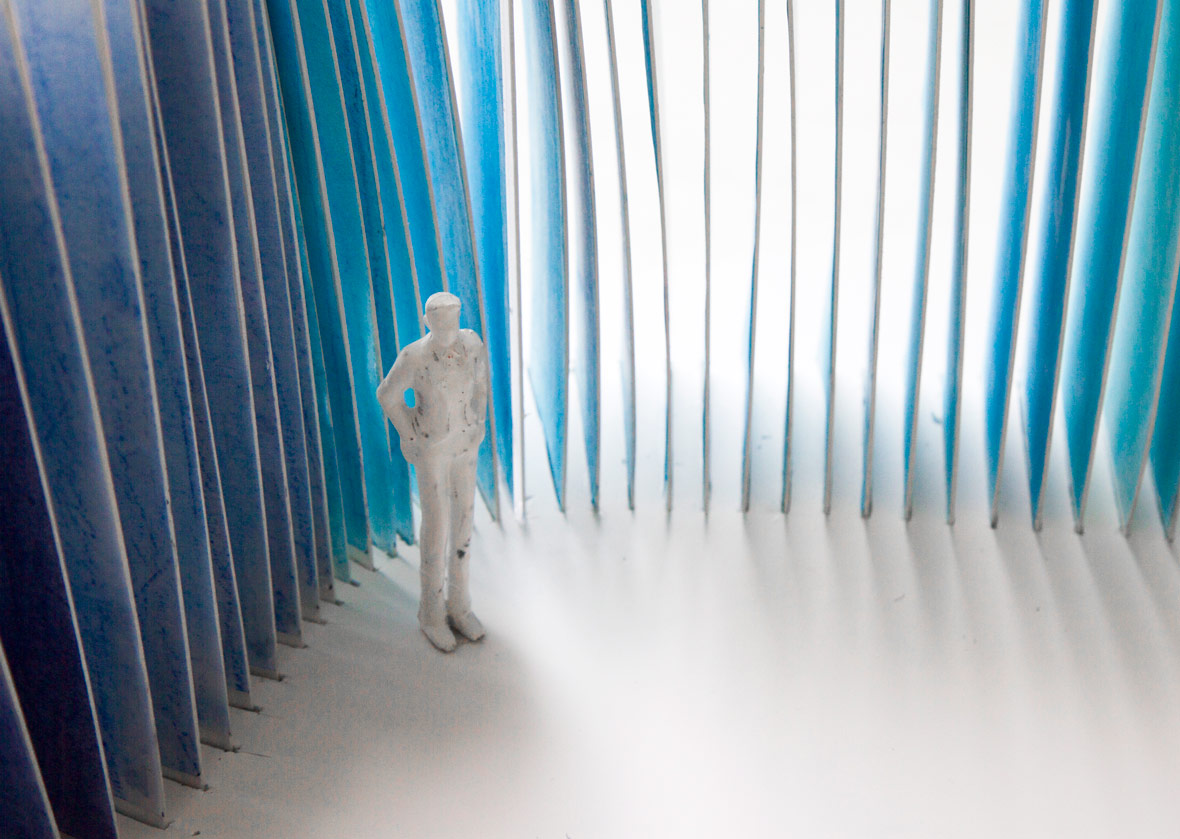
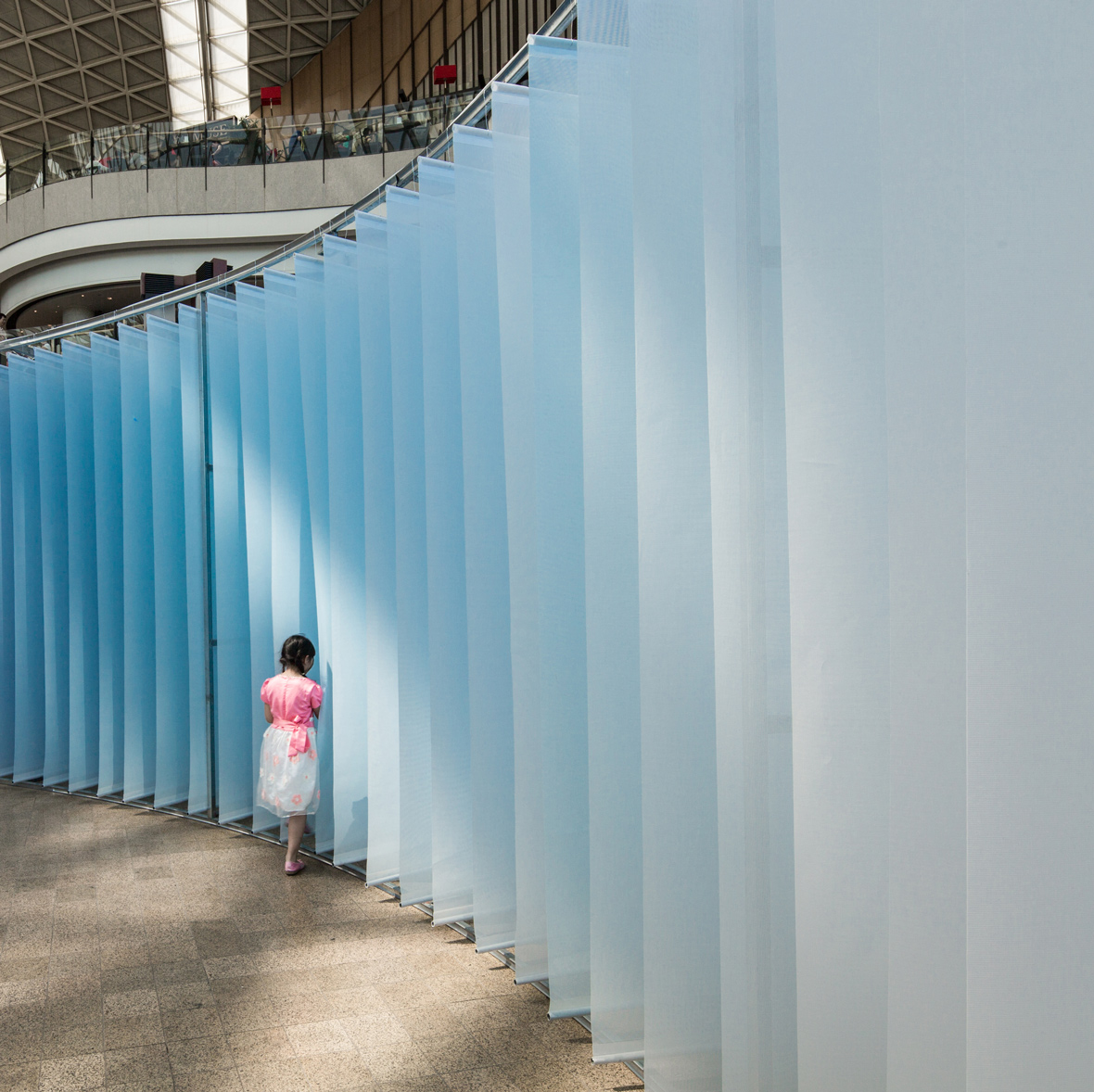
“People often ask what kind of architecture we do,” Ancilli says. “I find it to be really interesting because it’s like reducing a certain discipline into a specific pigeonhole. What kind of art does this artist create? Classic? Neoclassic? Baroque? Modern? Bauhaus? Venetian Gothic? It’s funny and scary at the same time because it gives perspective to the crisis that creators of different disciplines are facing. We try not to follow any styles or trends at studio O. Sure, we’re influenced by other architects, but we try to keep a certain distance in order to develop our own ideas in an original way according to our own sensibilities.”
“人们时常会问我们设计的都是什么风格的建筑,”Ancilli说,“这让我觉得很有趣,因为它似乎把某一个专业缩窄至一个类别框框中。就像在问,这位艺术家创造什么风格的艺术作品?古典?新古典?巴洛克?现代?包豪斯风格?威尼斯哥特式?有趣又可怕,因为它承托出了不同领域创意人所面临的危机。在studio O工作室,我们尽量不去追随某一种特定的风格或趋势。当然,我们也会受其他建筑师的影响,但我们会尽量保持一定距离,以便通过自己的感触以原创方式来构筑自身想法。”
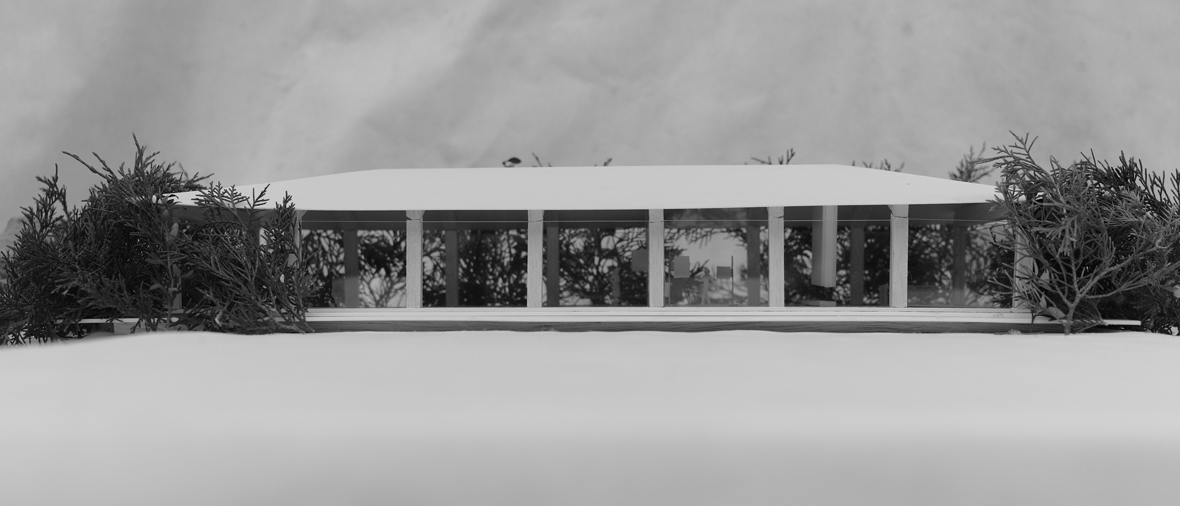
Echoing the sentiments of famous Italian architect Renzo Piano, Ancilli believes architecture is a contaminated craft, but the negative connotations of the word “contaminated” should be overlooked. “Architecture is complex, often requiring a balance between technique and art,” Ancilli comments. “But it’s contaminated from all the worst sides of life like money, urgency, and power. At the same time, it’s also been contaminated by the best parts of life, like our environment, history, and traditions.”
与意大利著名建筑师Renzo Piano的想法相一致,Ancilli也认为建筑是一种被“污染”了的工艺,但这里的“污染”不是一个负面的词。“建筑是复杂的,往往需要在技术和艺术之间做到平衡,”Ancilli解释道,“但它又受到来自生活各种糟糕面的‘污染’,譬如资金、时间限制和权力等。同时它亦受到生活中最美好事物的‘污染’,譬如我们的周身环境、历史和传统。”
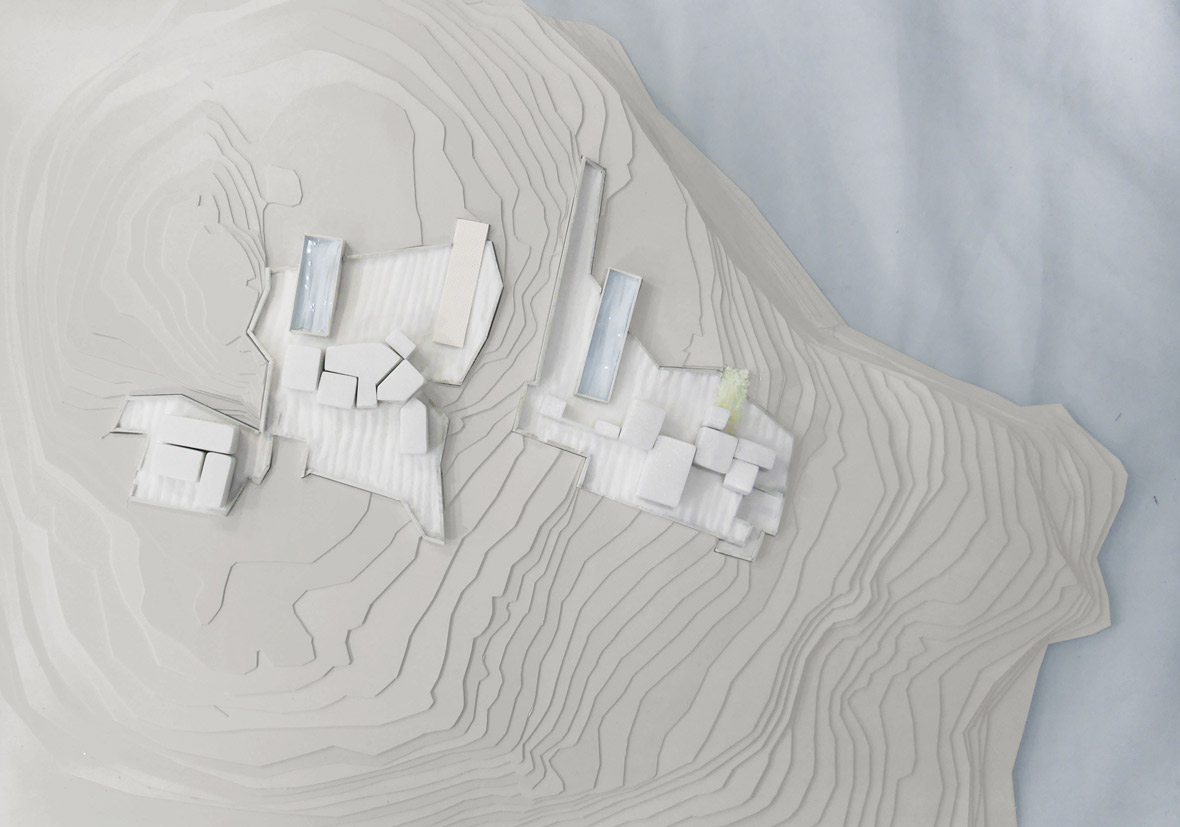
studio O is in a constant state of evolution, adapting to the demands of an ever-changing world. They continuously seek out both challenges and inspirations with the same eagerness, moving forward with both open-mindedness and a sense of insatiable curiosity. “We have many things planned for the future,” Ancilli says. “We’re tracing a general direction for studio O, but at the same time, we don’t like to over-plan. We believe that the studio has to grow naturally.”
studio O工作室尚处于不断进化的过程中,以适应不断变化的世界之需求。他们持续寻求挑战和灵感,带着开放理念和永不满足的好奇心前行。“对于未来,我们有很多计划,”Ancilli说,“我们正在为studio O探寻一个大方向,但同时,我们也不喜欢过多做计划,而是想让工作室自然成长。”
Website: studioo.cc
Facebook: ~/studioo.cc
Contributors: Leon Yan, David Yen
Images & Video Courtesy of studio O & Elisa Cucinelli

